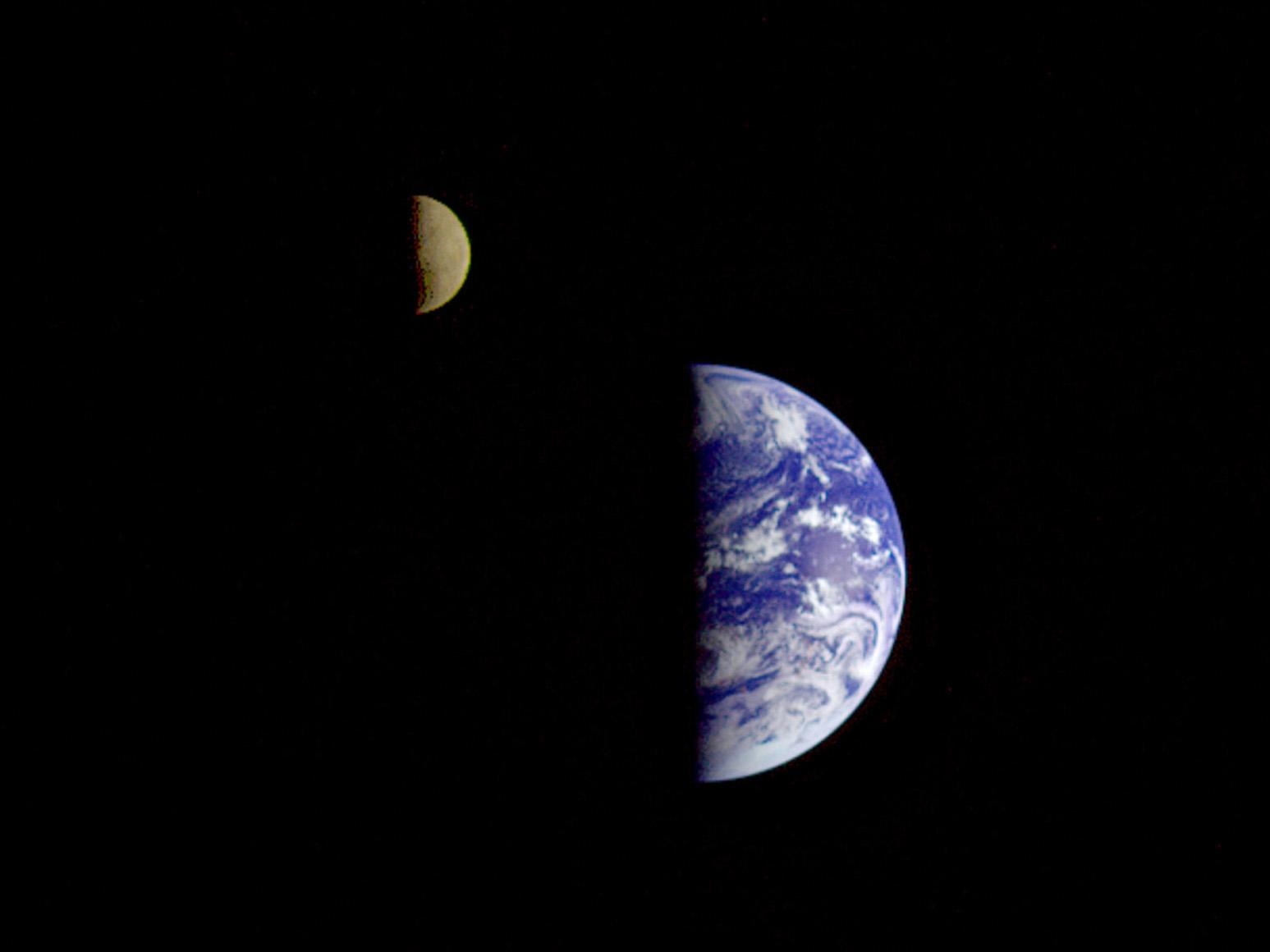A satellite is a body that orbits around another body in space. There are two different types of satellites – natural and man-made. Examples of natural satellites are the Earth and Moon. The Earth rotates around the Sun and the Moon rotates around the Earth. A man-made satellite is a machine that is launched into space and orbits around a body in space. Examples of man-made satellites include the Hubble Space Telescope and the International Space Station.
Man-made satellites come in many shapes and size and have different pieces of instruments on them to perform different functions while in space. Satellites are built by engineers and take months sometimes even years to build. The satellites have to endure many tests to make sure the satellite can withstand the launch and the harsh environment of space.
NASA establishes missions for a specific purpose and the engineers develop a satellite to perform the necessary functions for that mission. Once the satellite is launched into space, Space Communications and Navigation (SCaN) provides the channel of communications for the data to go to and from the Earth and the satellite. These communications include commands to the spacecraft as well as the scientific data coming to Earth.
SCaN supports over 100 satellites including:
- Satellites that observe Earth: Aqua and Aura
- Satellites that observe the Sun and see the effect of solar winds on the Earth: Parker Solar Probe, Solar Dynamics Observer (SDO) and Solar Terrestrial Relations Observatory (STEREO)
- Satellites that observe the Moon and the planets: Lunar Reconnaissance Orbiter (LRO) and the Mars Reconnaissance Orbiter (MRO)
- Satellites that look at the origins of the universe: Hubble Space Telescope
› SCaN Missions – complete list of missions supported by SCaN and pictures of each satellite
How do Satellites Communicate?
Satellites communicate by using radio waves to send signals to the antennas on the Earth. The antennas then capture those signals and process the information coming from those signals. Information can include:
- scientific data (like the pictures the satellite took),
- the health of the satellite, and
- where the satellite is currently located in space.


























